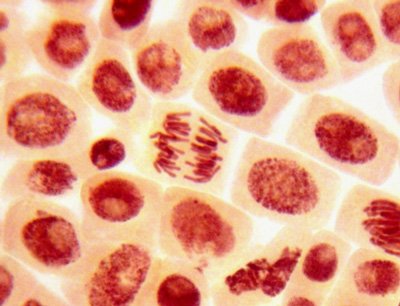iPSC technology helps characterise healthy and diseased neurons
Posted: 23 October 2015 | Victoria White
Using iPSC technology, researchers created 16 different cells lines, some using cells from healthy humans and others using cells from people with ALS or spinal muscular atrophy…


New technology allows researchers to characterise the differences between healthy and diseased neurons like never before.
That’s according to a study released at Neuroscience 2015.
Using human cells from patients with neurological disorders and healthy controls, the new strategy will help identify what goes wrong in different diseases. The technology described will also make the identification process cheaper, faster, and more reliable.
Different cell types in the brain vary in subtle ways, and understanding these differences might explain why some cells become diseased and how to make drugs that can correct the problem. However, for ethical reasons, studying human brain cells has been difficult, until the recent development of induced pluripotent stem cell (iPSC) technology. iPSCs are adult cells that can be reprogrammed to become different types of cells – such as neurons – through a process that involves turning certain genes on or off.
Using iPSC technology to dentify specific characteristics
In this work, the researchers wanted to define different characteristics of healthy and diseased cells. Using iPSC technology, they created 16 different cells lines, some using cells from healthy humans and others using cells from people with amyotrophic lateral sclerosis (ALS) or spinal muscular atrophy and containing the specific mutations associated with those diseases. The researchers programmed the cells into motor neurons, the type of neuron most affected by ALS and spinal muscular atrophy. Next, they did a thorough characterisation of each cell line, looking at the sequence of the genome, what RNA is made, how the DNA is modified to control the expression of certain genes, and which proteins are present. They also completed extensive imaging. By detailing the cells so thoroughly, the researchers hope to identify patterns and specific characteristics of diseased and healthy cells.
“Ultimately, we envision these analyses leading to the identification of a network of unique signatures relevant to motor neuron disease,” said lead author Clive Niels Svendsen, PhD, from the Cedars-Sinai Medical Centre. “These insights will provide molecular targets that can be used to develop new drugs to block the progression of these motor neuron diseases, which are presently untreatable.”
Related topics
Stem Cells
Related conditions
Amyotrophic Lateral Sclerosis (ALS)



